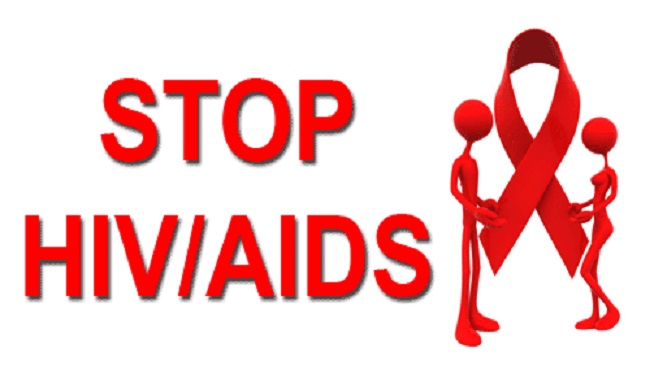‘London patient’s’ HIV remission brings hope to millions
A man in Britain has become the second known adult worldwide to be cleared of the virus after he received a bone marrow transplant from an HIV-resistant donor, his doctors said.
Almost three years after receiving bone marrow stem cells from a donor with a rare genetic mutation that resistsHIV infection – and more than 18 months after he came off antiretroviral drugs – highly sensitive tests still show no trace of the man’s previous HIV infection.
“There is no virus there that we can measure. We can’t detect anything,” said Ravindra Gupta, a professor and HIV biologist who co-led a team of doctors treating the man. He described his patient as “functionally cured” and “in remission”, but cautioned: “It’s too early to say he’s cured.”
The man is being called “the London patient”, in part because his case is similar to the first known case of a functional cure of HIV, “the Berlin patient” – American Timothy Brown, who underwent similar treatment in Germany in 2007 which also cleared his HIV. He is still HIV-free.
Gupta, now at Cambridge University, treated the London patient when he was working at University College London. The man had contracted HIV in 2003, Gupta said, and in 2012 was also diagnosed with a type of blood cancer called Hodgkin’s lymphoma.
In 2016, when he was very ill with cancer, doctors decided to seek a transplant match for him. “This was really his last chance of survival,” Gupta said. The donor – who was unrelated – had a genetic mutation known as CCR5 delta 32, which confers resistance to HIV.
The transplant went relatively smoothly, Gupta said, but there were some side effects, including the patient suffering a period of “graft-versus-host” disease – a condition in which donor immune cells attack the recipient’s immune cells.
More research required
Most experts say it is unlikely such treatments could be a way of curing all patients. The procedure is expensive, complex and risky. Exact match donors would have to be found in the tiny proportion of people – most of them of northern European descent – who have the CCR5 mutation.
Specialists said it was not yet clear whether the CCR5 resistance is the only key – or whether the graft-versus-host disease may have been just as important. The Berlin and London patients both had this complication, which may have played a role in the loss of HIV-infected cells, Gupta said.
He said his team planned to use these findings to explore potential HIV treatment strategies. “We need to understand if we could knock out this [CCR5] receptor in people with HIV, which may be possible with gene therapy,” he said.
The London patient, whose case will be reported in the journal Nature and presented at a medical conference in Seattle on Tuesday, has asked his medical team not to reveal his name, age, nationality or other details.
‘First patient’
The therapy had an early success with Timothy Ray Brown, a US man treated in Germany who is 12 years post-transplant and still free of HIV. Until now, Brown is the only person thought to have been cured of infection with HIV, the virus that causes AIDS.
Brown said he would like to meet the London patient and would encourage him to go public because “it’s been very useful for science and for giving hope to HIV-positive people, to people living with HIV,” he told The Associated Press Monday.
Stem cell transplants typically are harsh procedures which start with radiation or chemotherapy to damage the body’s existing immune system and make room for a new one. There are complications too. Brown had to have a second stem cell transplant when his leukemia returned.
Compared to Brown, the London patient had a less punishing form of chemotherapy to get ready for the transplant, didn’t have radiation and had only a mild reaction to the transplant.
Dr. Gero Hutter, the German doctor who treated Brown, called the new case “great news” and “one piece in the HIV cure puzzle.”
Sharon R Lewin, director of the Peter Doherty Institute for Infection and Immunity and the University of Melbourne, told AFP, “The second case strengthens the idea that a cure is feasible.”
“We can try to tease out which part of the transplant might have made a difference here, and allowed this man to stop his anti-viral drugs.”
The Aids pandemic has killed about 35 million people worldwide since it began in the 1980s and about 37 million people are infected with HIV.
(FRANCE 24 with AFP? AP and REUTERS)





